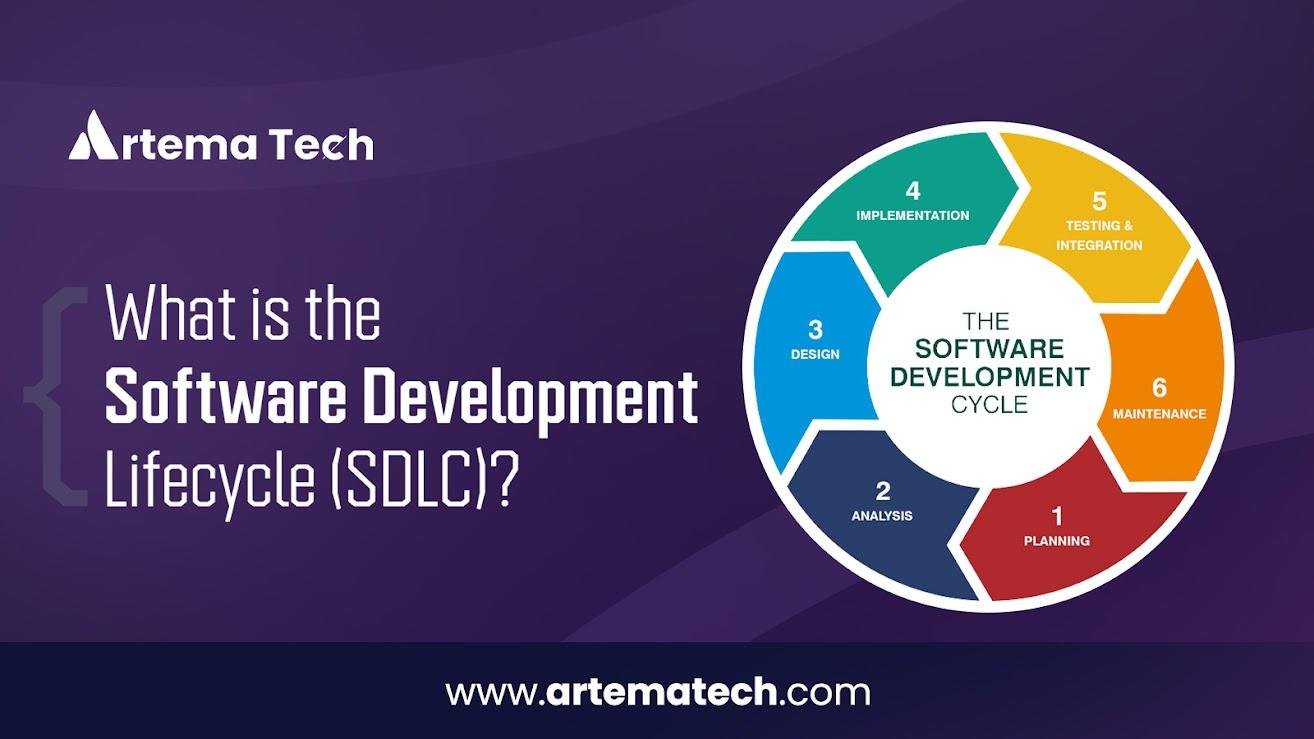Subtotal $0.00
The Software Development Life Cycle (SDLC) represents the time it takes to define, develop, test, deliver, operate, and maintain software or systems. The success of a development team and the quality of the software depend heavily on how well the software process is defined and analyzed throughout these stages.
Detecting defects early in the SDLC process is crucial for a project’s success, though what counts as “early” can vary depending on the methodology used. It means that the way companies assess and measure software process quality differs. Identifying these differences in time can significantly impact the company’s decision to choose the right pathway in the life cycle. However, the general phases of The Software Development Lifecycle are the following:
Initiation
In the Initiation phase, the first step is to recognize the problem that will be addressed through software engineering techniques. A project sponsor is selected for this task to ensure that scope issues are resolved and operational requirements are clearly defined.
Documentation is critical to this phase, with a Concept Proposal as a key document. This document clearly outlines the business needs and intended goals. The proposal, created by the program manager, is then submitted to the executive board for approval.
System Concept Development
Every successful system starts with a solid foundation. System concept development sets up this foundation by developing the system’s scope, schedule, and costs. The project team prepares key documents, such as the System Boundary Document, Cost-Benefit Analysis, Feasibility Study, and Risk Management Plan. Then, the stakeholders review and approve them to keep the project on track.
Planning
This phase develops most of the documents required for the later SDLC phases. Among these are the Acquisition Plan, Concept of Operations, and Project Management Plan, though other documents may also be necessary depending on the project’s nature. At this stage, a plan summary is often shared with stakeholders, followed by a detailed presentation and review.
Requirements Analysis
The Requirements Analysis phase commences after the documents from earlier phases are thoroughly reviewed and approved. Any document outlining user needs becomes the foundation for the documentation produced in this phase, specifying both user and system requirements. This phase delves into system inputs, interfaces, and processes. A Test Plan may also be developed, covering different levels of testing such as unit, integration, and system tests.
Design
In the Design phase, ideas take shape, breaking down complex requirements into workable plans for engineers. These design proposals establish how functional, physical, interface, and data requirements will be met. Since design is an evolving process, it undergoes multiple iterations throughout the system’s lifecycle. Also, essential system elements, such as database design and user interface development, are finalized in this phase.
Development
The Development phase aims to transform the designs into an effective operational system. This includes developing the software and the required infrastructure, which may consist of hardware, software, and communication systems necessary for the system’s functionality.
Beyond the written code, expected deliverables from this phase include a Contingency Plan to help the client manage emergencies, a Software Development document with test cases, results, and functional details, and an Integration Document explaining how the software and hardware components collaborate.
Integration and Testing
The Integration and Testing phase aims to verify that the requirements in the specification documents are fulfilled. The phase includes three key types of testing: integration testing of subsystems, security testing, user or acceptance testing, and unit testing.
Each type of test serves a unique purpose, helping stakeholders pinpoint flaws in the system before deployment. For example, Unit Testing, which targets small code units, is completed in this phase. Various analysis reports are generated from it and shared with stakeholders before advancing to the implementation phase.
Implementation
During this phase, the system is launched into the production environment. A post-implementation review is usually performed to verify that all requirements have been fulfilled and that the system is operating in the correct order.
It’s crucial to alert users about potential changes and provide training for professionals working with the new system. Once everything is in order, a contract between the development team and the client project manager is signed, acknowledging that the system has been completed and delivered.
Conclusion:
The Software Development Life Cycle (SDLC) is the backbone of software development and deployment success. Each phase, such as Initiation, Planning, Design, and Development, ensures the software meets user needs and achieves business goals. Understanding and implementing these phases effectively is key to building custom software solutions that stand the test of time.
Please visit our website, Artema Tech, for more information.


5 Top AI Tools For Business 2025
[…] predictive analytics via AI to allow businesses to engage in automation to organize CRM activities, software development, customize consumer interactions, and make better-informed decisions throughout the […]
Janitor AI: What It Is And How To Use It
[…] first is concern about the safety and reliability of the use of any product of an AI software development company. The data of the customers is under a safe encryption protocol, and in most cases, it meets […]